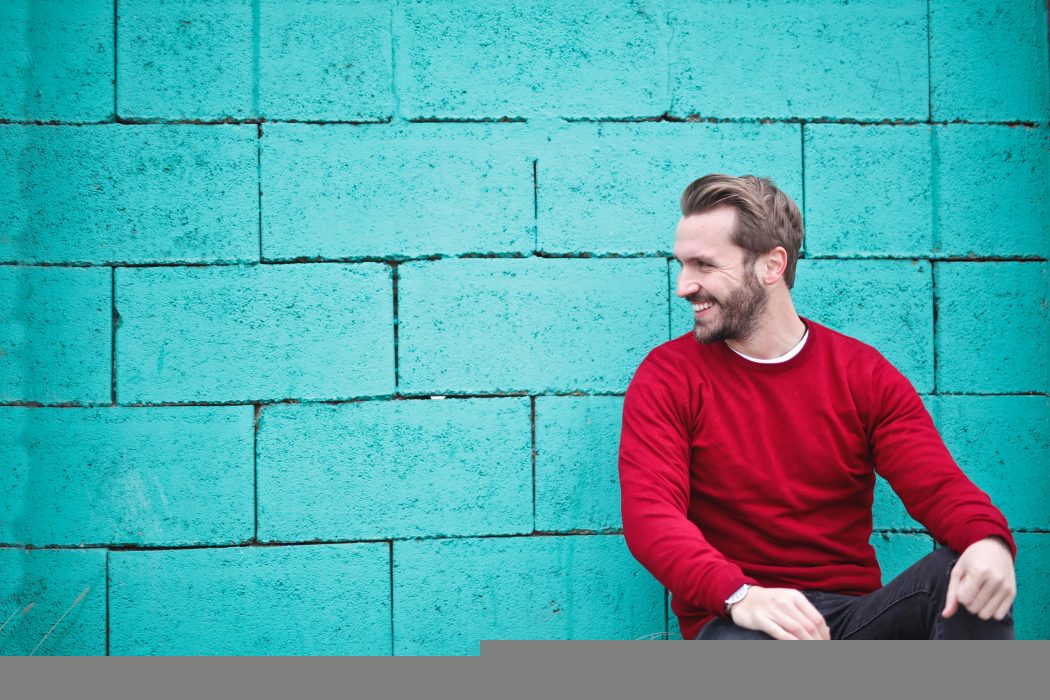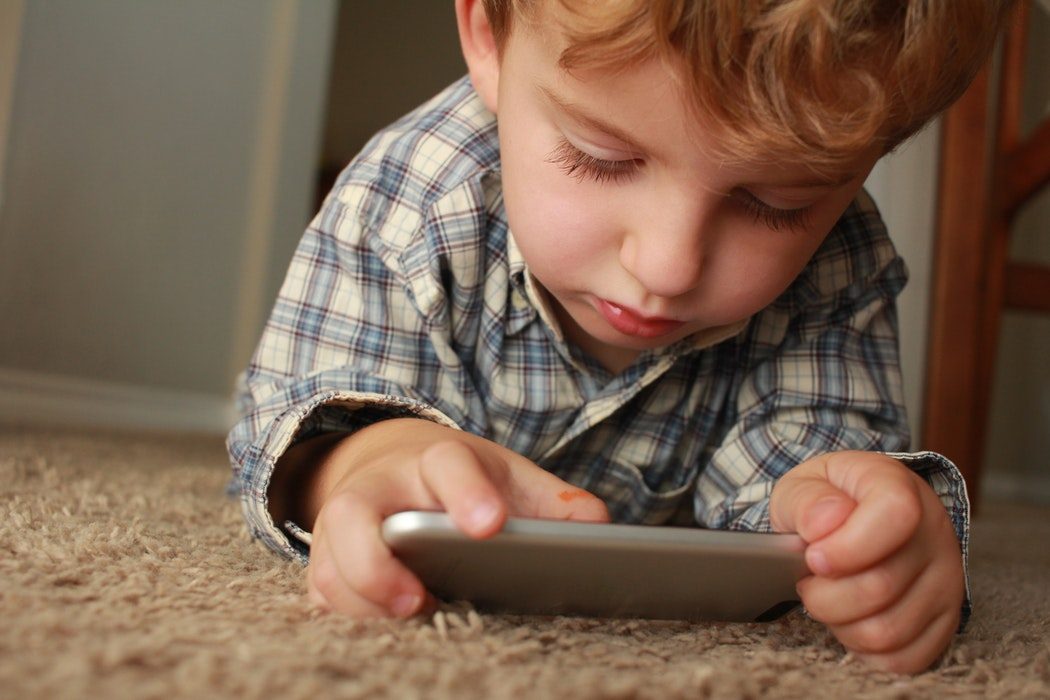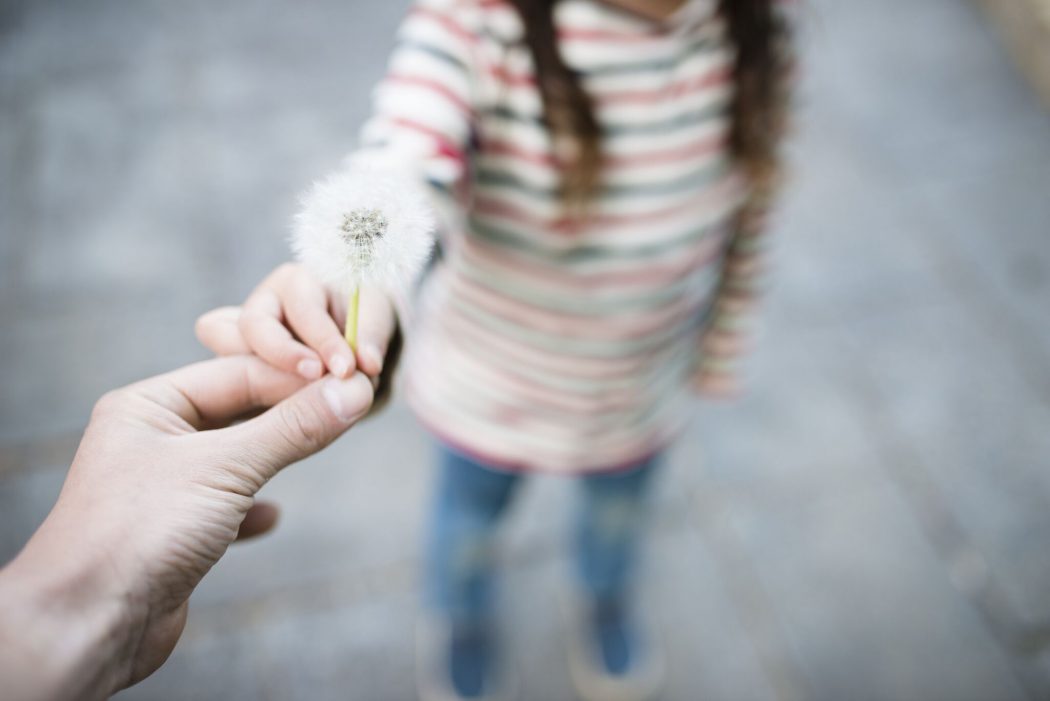This article by Charanyaa Gopalakrishnan explores the concept of Mindful Parenting, which is being able to understand our emotions not allow them to trigger our responses to our children.
Our brain is triggered when it senses danger or a potential threat, therefore making us react instantly to what is going to happen. Unfortunately, it can be tricky for our brain to understand what is an actual ‘danger’ to what is just a situation. In simple terms, it fails to know how to respond instead of react.
Mindful Parenting is a topic that I found immensely interesting wanted to explore, and has now become an idea that I wish to share. This is not about being a ‘perfect parent’, but rather about consciously being present at the situation, absorbing it and not getting hijacked by our emotions. This can be complex to get into our system and put into practice, but it has an immense impact on our children and their ability to be mindful about their behaviour.

Mindfulness in parenting is how we manage our behaviour and emotions to let children learn how they can manage theirs.
It maybe a simple instance of seeing our child having breakfast and fearing there may be a big spill to clean. Instead of responding, a jolt shoots through us making our reaction unpleasant. Many of these reactions are a reflection of our own childhood experiences and consequently this stress response can be triggered easily. When the receptor of stress sparks off, we are unable to get clarity in thinking and we fail to pay attention. As a result, our problem solving ability diminishes thoroughly. ‘Flipping out’ as a reaction occurs in no time and we forget how our children comprehend that. We fail to know how scary we appear in their eyes. Seeing how an adult reacts in distress becomes a negative learning experience for them. We need to teach our children that one can pause, think and respond as an alternative to react.

It also gives you the ability to take a step back and look at a situation rather than being highly impulsive and most importantly to improve your relationship with your child.
Mindfulness in parenting is how we manage our behaviour and emotions to let children learn how they can manage theirs. As parents, we must be regulated before we try teaching our kids. Sadly, when we are overcome by stress or exhaustion, we can be emotionally unavailable to our child. However, if we are carried away by our emotions we can give another chance to ourselves to consciously make a different choice – being present. While there are good days and bad days, there are definitely negative elements of being upset or angry. Mindful parenting is paying close attention to what one feels as a parent and responding in accordance with that without any guilt of past situations. Simply, focusing on what is now. This helps hugely in being aware of one’s own feelings, being more responsive to the child’s needs, and becoming better at modulating one’s emotions. It also gives you the ability to take a step back and look at a situation rather than being highly impulsive and most importantly to improve your relationship with your child.

If we are carried away by our emotions we can give another chance to ourselves to consciously make a different choice – being present.
In times of stress or feeling overwhelmed it is difficult to be the best version of ourselves. Our children can be expected to know these triggers. In order to tackle this effectively, we must know what the ‘hot spots’ or emotional triggers are. We may be most vulnerable at a particular time of the day or be unavailable emotionally. These are the situations that we must familiarize ourselves with so as to make the best choice to change our behaviour accordingly.
As previously mentioned, these are a reflection of our own childhood experiences. Perhaps your child behaves in a way that is against your beliefs, like throwing a tantrum at a restaurant where you feel embarrassment. Maybe it is evoking a childhood memory of your own, such as excelling academically and causing you to ‘react’ when your child fails. Your child’s behaviour may evoke a trauma in your life, for example if you had nearly drowned in a pool you may get paranoid every time your child gets into the pool while learning to swim.

Being mindful can help us understand both our children and ourselves in a huge way.
To get control over our senses and emotions we must first identify what the situations are that may trigger those ‘hot spots’ in us that are responsible for the emotional outbursts. Parenting is not a ‘one size fit all’, however being mindful can help us understand both our children and ourselves in a huge way. Understanding our feelings when we conflict with our child, taking a step back before giving a response in anger and listening before disagreeing to the viewpoint of our children are the essential factors to keep in mind. There will be times when we cannot control ourselves and we react in a certain way, which we regret later. We can always apologize to our kids in such a case, after all we are still in the learning curve and parents make mistakes too.















